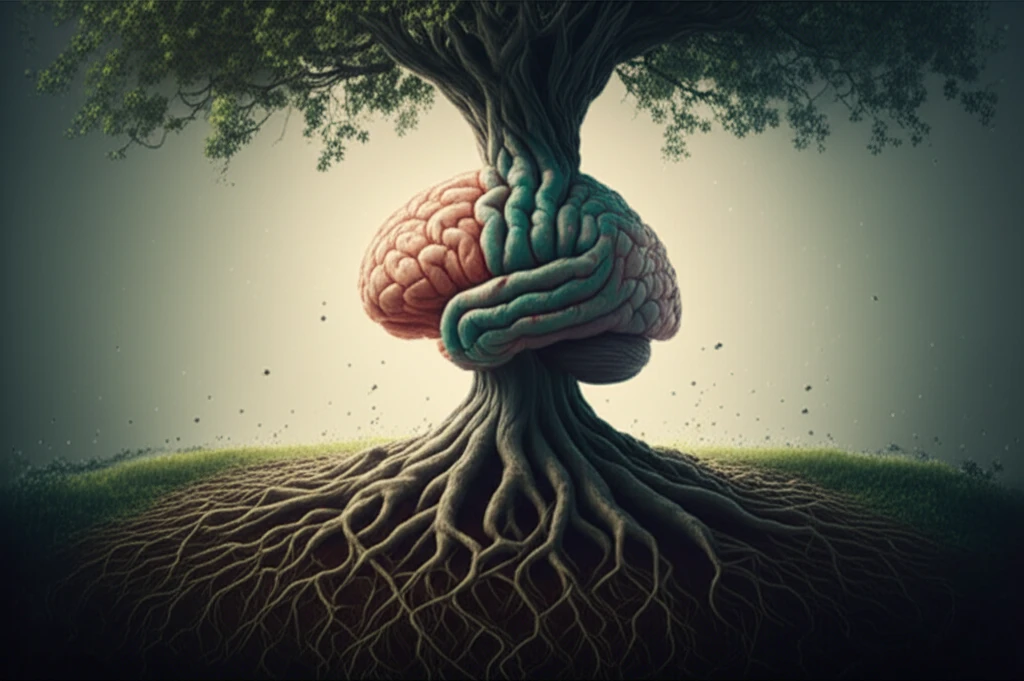
The Placebo Puzzle: Can Truth-Telling Enhance Healing?
"Explore the ethical tightrope of placebo use and how honest communication can reshape patient outcomes."
The use of placebos in medicine is fraught with ethical complexities. Traditionally, placebos—treatments designed to have no direct physiological effect—have been viewed as deceptive. However, emerging research suggests that the very act of believing in a treatment can trigger biological mechanisms that alleviate symptoms, particularly in pain management. This has led to a re-evaluation of how placebos are used and whether they can be administered ethically.
One perspective, championed by researchers like Nada Gligorov, argues that prescribing placebos isn't inherently deceptive if clinicians are upfront about their potential to activate the body's self-healing mechanisms. The core of this argument lies in the idea that placebos tap into the same biological pathways as traditional analgesics, suggesting that the intent behind their use isn't to mislead but to harness the power of the mind-body connection.
But is it truly ethical to prescribe a treatment without disclosing its 'inactive' nature? This article explores the nuances of this debate, examining how patient expectations, informed consent, and the very language used by clinicians can impact treatment outcomes. We'll delve into the critical distinctions between traditional analgesia and placebo effects, and consider how transparency can reshape the ethical landscape of placebo use.
The Mind-Body Connection: How Placebos Work

At the heart of the placebo effect lies a complex interplay between the mind and body. Pain, for example, isn't simply a matter of physical sensation; it involves sensory, affective, and cognitive components. Gate control theory posits that pain signals can be modulated as they travel to the brain, meaning our thoughts, emotions, and expectations can influence the intensity of perceived pain.
- Distraction: Diverting attention away from the pain signals.
- Expectation: Creating a positive anticipation of relief.
- Reappraisal: Altering the way a patient interprets their pain experience.
Transparency and Trust: Rethinking Placebo Use
The ethical challenge surrounding placebo use boils down to the issue of deception. Is it possible to harness the power of the placebo effect without misleading patients? Some researchers and clinicians argue that it is, advocating for a more transparent approach.
This involves educating patients about the nature of pain, the mind-body connection, and the potential for treatments to work through various mechanisms, including those activated by belief and expectation. By framing placebos as tools to unlock the body's self-healing capabilities, clinicians can empower patients to actively participate in their own recovery.
Ultimately, the key lies in fostering trust and open communication. When patients understand the potential benefits of placebos and are fully informed about the treatment they're receiving, the ethical concerns diminish. The future of placebo use may hinge on embracing transparency and reframing these treatments as a partnership between clinician and patient, harnessing the power of belief for healing.
